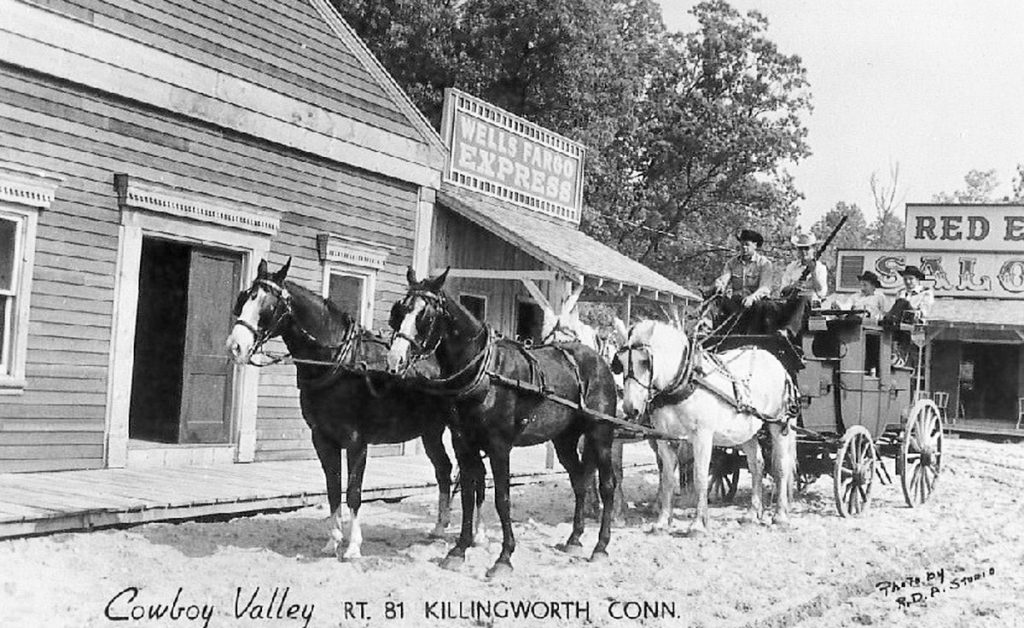By Dan Shine
Voice Columnist

Cowboy Valley
I grew up a-dreamin’ of bein’ a cowboy
And lovin’ the cowboy ways
Pursuin’ the life of my hard-ridin’ heroes
I burned up my childhood days
-Willie Nelson
In the years around 1960, The Boy’s imagination was filled with cowboys: those fair-minded romantic heroes who wore Stetson hats and rode handsome horses past cactus and sagebrush as they crossed the wide prairies of the Old West.
A child’s life during that period was very different from what it is today: with it came abundant freedom to come and go at will. Mothers were home all day to handle childcare and household chores. Children often played ball in the street because fewer people owned cars, and many family chores could be accomplished on foot. Their toys and diversions were simple, and children would often gather to play in groups. Television—as simple and limited as it was in the beginning–was taking the place of radio as a medium for news and entertainment.
And everyone it seems had a fascination for the Old West, and those hardy souls who settled it. Families watched television programs together, and there were a multitude of Western-themed TV shows to choose from: The Lone Ranger, Rawhide, The Rifleman, Wagon Train, Have Gun Will Travel, Cheyenne, Maverick, Laramie, Wyatt Earp, Roy Rogers, Zorro, Bonanza, Daniel Boone, Sugarfoot and more. The country was crazy about cowboys back then, and children dressed in vests and chaps and carried cap guns in holsters strapped to their hips.
Recognizing this fascination as a business opportunity, a Newington man named Art DuBois created Cowboy Valley. In 1957, Interstate 95 had not yet opened in Connecticut, so his idea was to capitalize on the “shore crowd,” those who were traveling along Route 1 through Connecticut on their way to the beaches of Rhode Island and Cape Cod.
He purchased twenty acres of land along Route 81 in Killingworth and built a Wild West town complete with a main street that included a bank, a gunsmith, a Wells Fargo Express office, a hotel, a barbershop, a bootmaker, a doctor’s office, an outfitter and a saloon. There were also wigwams with a real Narragansett Indian in residence. Meanwhile, stables for the livestock were kept out of sight of visitors.
The grand opening took place in the summer of 1957. To promote the new venture, a real stagecoach was drawn by a team of horses from Hartford to Killingworth along the old Route 9. In addition, the crew of Cowboy Valley was featured one day on the Happy the Clown show, which aired on Channel 8.
And the children loved Cowboy Valley. They took with them many warm, lifelong memories of their visits: Being deputized and catching bank robbers with the help of the sheriff. Or riding in a stagecoach that was held up by armed villains. They thought that this fantasyland would never end.
But it did, and for a variety of reasons beyond the control of Cowboy Valley. And at the end of its third season in 1959, Cowboy Valley was heading for the last roundup.
Cowboy Valley’s main street and all of its buildings sat abandoned for years before being demolished. Today a church and a few houses sit on the twenty acres where so many childhood memories were shaped and formed.